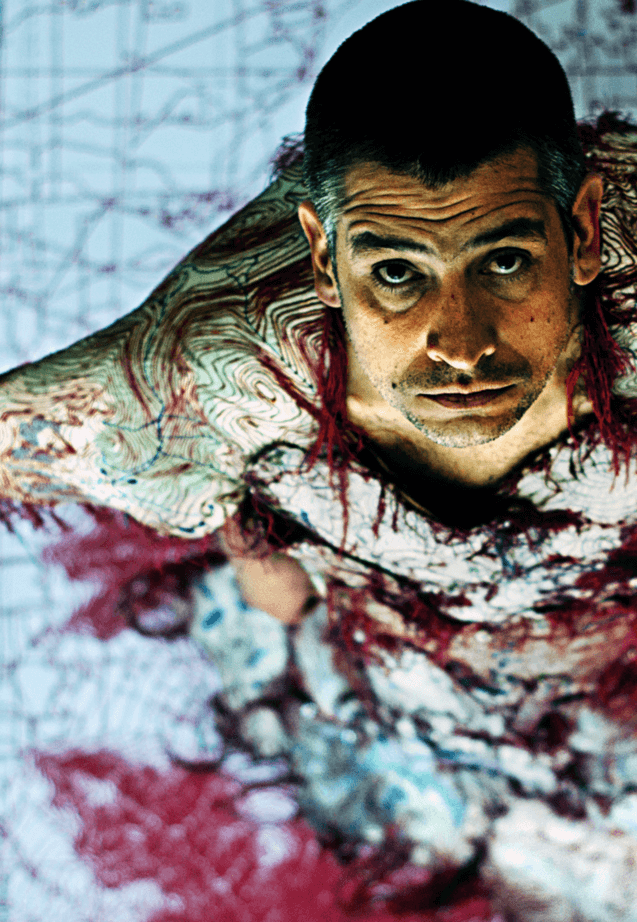Héctor Velázquez

Héctor Velázquez (1965, Mexico City) is a Mexican artist whose multidisciplinary practice explores the relationship between the human body, its environment, and emotional regeneration. He studied at the Escuela Nacional de Artes Plásticas, Universidad Nacional Autónoma de México (UNAM), and later pursued sculpture studies in Germany at the Universität der Künste, Berlin, and the Staatliche Akademie der Bildenden Künste, Stuttgart.
Velázquez’s work delves into corporeal perception, communication, and transformation – often weaving together pre-Hispanic cosmovisions, such as that of Xipe Tótec, with contemporary reflections on identity and emotion. Using textiles, threads, garments, and stones, he creates tactile pieces that evoke psychic and sensory connections between the body, landscape, and memory.
He has exhibited widely in Mexico, Germany, France, Hong Kong, the United States, Malta, and Spain. His work is held in major public collections, including the Banco de México, Museo Universitario de Arte Contemporáneo (MUAC), Museo de Arte Moderno, Museo de Arte Carrillo Gil, and the Fundación José Cuervo.






